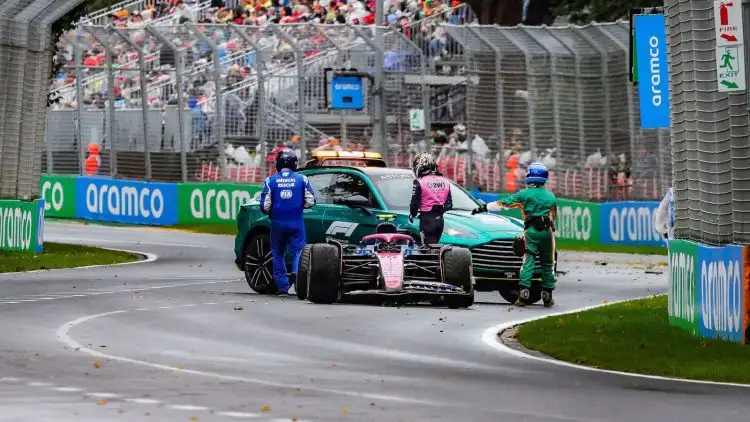
In a dramatic turn of events at the 2025 Australian Grand Prix, the FIA has reversed a penalty initially imposed on Mercedes’ rookie driver, Andrea Kimi Antonelli. Originally penalized for an alleged unsafe pit release that reportedly impeded Sauber’s Nico Hülkenberg, Antonelli was demoted from fourth to fifth place. However, following a protest by Mercedes presenting new video evidence, the FIA overturned the penalty, reinstating Antonelli’s fourth-place finish. This impressive debut performance saw the 18-year-old Italian climb from a 16th-place start, marking one of the most remarkable rookie debuts in Formula 1 since 2014.
In other developments, the FIA has announced stricter rear wing deflection tests to commence from the upcoming Chinese Grand Prix. This decision follows observations of excessive flexing during the Australian GP, prompting concerns over potential aerodynamic advantages. The new tests will require that, under a 75 kg load, the distance between the main plane and the upper flap of the rear wing does not vary by more than 0.5 mm, with a tolerance of 0.25 mm. The FIA maintains that all cars in the Australian GP were compliant under existing regulations, though specifics were not disclosed.
Meanwhile, scrutiny over driver performances has intensified. Former World Champion Jacques Villeneuve has openly criticized Sauber’s Zhou Guanyu, asserting that the Chinese driver “doesn’t deserve a seat in F1” based on his current results. Villeneuve’s comments highlight ongoing debates about meritocracy and financial influences within the sport.
Additionally, the Albert Park Circuit in Melbourne has undergone significant safety modifications ahead of the 2025 Australian Grand Prix. These changes, particularly at Turn 6, were implemented following serious crashes during the previous year’s race, including incidents involving George Russell and Alex Albon. The FIA confirmed these adjustments to enhance driver safety and reduce the likelihood of similar accidents in the future.
These developments underscore the dynamic and often contentious nature of Formula 1, where regulatory decisions, driver performances, and safety considerations continually shape the landscape of the sport.







